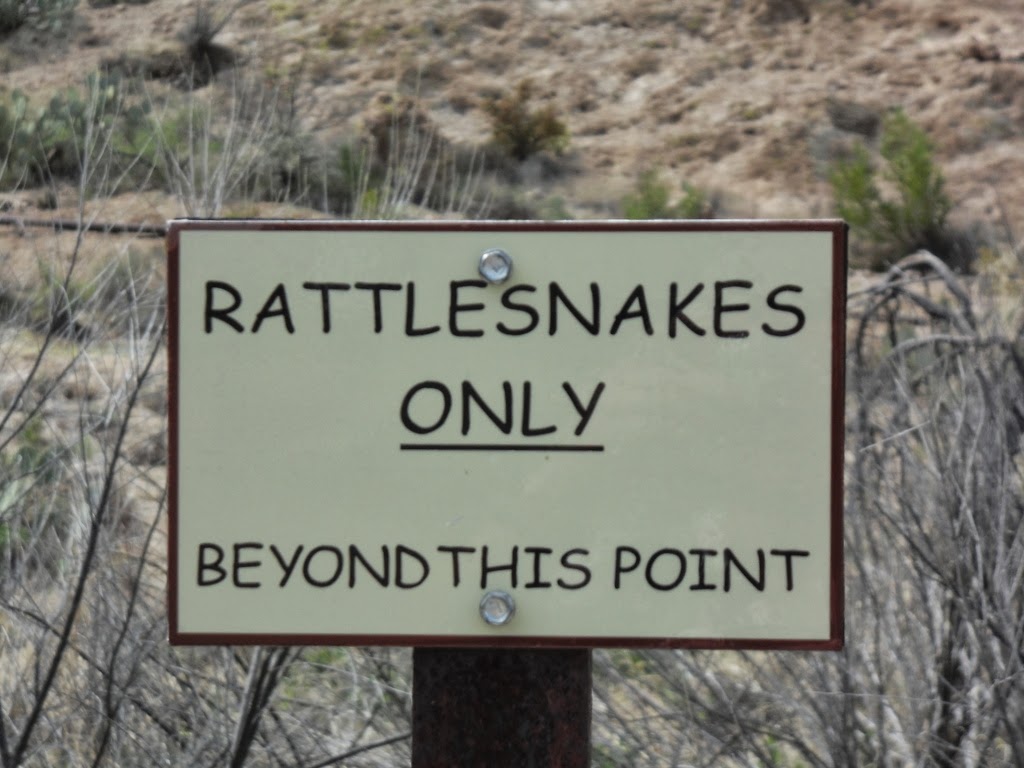It has been a day filled with light,
the kind of light that can unexpectedly greet you when you turn a
corner walking through a forest, suddenly slanting through the trees,
or maybe the kind that breaks from a wall of clouds shortly before
sunset to pour out on a still lake – or, maybe, the very kind of
light that seems to turn new leaves into a source of light in
themselves, just like they do in this photo.
~~~~~~~~~~~~~~~~~~~
When our hosts told us they would take
us to the Boyce-Thompson Arboretum I had no clear idea what to
expect. All I needed, however, was to hear 'arbor', the Latin popping
into my head from long-ago highschool years: arbor, arboris – the
tree. This was going to be a wonderful day, as any day spent among
trees is for me.
With all my imagination I could not
have dreamed up a place quite like this tucked in the sere desert
landscape, however. Founded by William Boyce-Thompson in 1924 it is
the oldest botanical garden in Arizona and ever since has been used
as a desert plant research facility. Over 2600 plant species from all
over the world are growing on its nearly 400 acres, and it has been
declared an Important Bird Area by the Audubon Society as well.
 |
| My favourites: Golden Globes |
We headed out into the gardens along
well maintained paths lined by an amazing array of cacti with such
descriptive names as Fishhook, Toothpick, Monstrose Totem, Golden and
Red Globe, Prickly Pear, and many, many more, smooth and bumpy, spiked or covered
with a woolly blanket of white, harmless-looking fur (I'm sure it's
better not to give in to the temptation to test its softness by
brushing it), rotund or tall and gangly, twisted or straight, juicy
or wrinkled and even skeletal. What an array of texture and colour!
 |
| A bouquet of saw blades? |
 |
| Saguaro with nest |
 |
| Monstrose Totem cacti with 'president's face' |
As if this weren't enough there were
the blossoms, hot pink, lemon yellow, crimson stars unfolding among
the spikes of the cacti, a creamy white mass of flowers bursting from
the heart of a yucca plant, delicate golden or red stalks rising from other succulents.
The path turned uphill for a short
while and soon afforded a beautiful view of a narrow canyon. A pretty
crested bird was pecking seeds from the path, not overly disturbed by
our arrival: a female cardinal, soon joined by its brilliant red
partner. It was the first time I ever saw a cardinal, and that alone
would have made my day.
We followed the gently declining path
right to the bottom of the canyon. The small creek trickling through
the greening valley had been a torrent only a short while ago: traces
of its force were still visible along the banks and in freshly
repaired portions of the trail system. Now, the peaceful valley
transported me back to spring days in my childhood, spent exploring
creek banks and new growth.
A sudden movement on a rock outcropping
far above us caught my eye: a stocky animal with sizeable horns
clearly visible against the bright sky. This must have been a desert
bighorn sheep, a subspecies of the Rocky Mountain bighorn sheep that
is well adapted to this extremely dry part of the North American
continent. Our friends, who come to the arboretum regularly, had
never seen one here before – a rare treat for all of us.
The last part of our hike along Queen
Creek led us through palm and eucalyptus groves to a shady picnic
area, a perfect place to end this wonderful excursion. Hummingbirds
darted among the flowers, and two more cardinal couples squabbled not
far from our bench.
The desert will be waiting for us again tomorrow, and I look forward to discovering more of its wonders. It has been warm through much of February and March, and while this is great news for the flora it also means that rattlesnakes are out and about already. Several sightings have been reported in the area, and we have been warned to be careful.





No comments:
Post a Comment